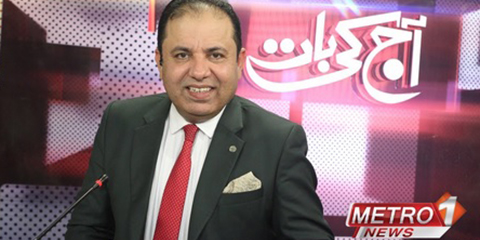
Sindh Police arrest four suspects in journalist Imtiaz Mir murder case
October 28, 2025: Sindh Police arrested four suspects linked to a banned outfit in the murder of journalist Imtiaz Mir, who was shot in Karachi in September 2025.
JournalismPakistan.com | Published 4 years ago
Join our WhatsApp channel
ISLAMABAD—Revolutionary steps coupled with the introduction of cutting-edge technology paved the way for transforming the national media networks in the country, says a three-year performance report of the Ministry of Information & Broadcasting.
APP reported that the journey of national media transformation kicked off in 2018 when Prime Minister Imran Khan came into power and assigned the Ministry of Information and Broadcasting with the task of digitizing its departments to push the country’s narrative at the international level in an effective way.
Before August 2018, rules, regulations, and systems for the development of the media industry were either outdated or non-existent. Projection of government’s initiatives and projects at home and to create a positive image of the country abroad was incoherent and lacking synergy.
Resultantly, the public sector media organizations became irrelevant and uncompetitive due to the use of obsolete and redundant analog technology. The media industry grew exponentially, but there was no system in place to provide proper media education and training to media persons.
The entire government machinery was using inefficient and non-transparent manual file handling. The media industry was facing a financial crunch and a sense of dissatisfaction and job insecurity by the media workers.
However, the remarkable steps of the government led to a visible improvement in the overall working of the media industry through key objectives of the vision including effective two-way communication by the state with citizens to ensure good governance, strengthening Pakistan’s image abroad, digitalization, and modernization of APPC, PBC, PTVC, SRBC, and PEMRA, streamlining of registration procedures for publications, news agencies, digitization of media monitoring and analysis processes, and automation of registration procedures.
Promotion and development of film industry, media development through capacity building, merit-based financial assistance to journalists/journalist bodies, e-filing system for ministry and attached departments, setting up of state-of-the-art media university to provide quality education in the fields of mass media, social media, and communication and transparent and fair distribution of government advertisements also formed part of key objectives of the present government’s vision.
For the realization of the vision, the ministry took several initiatives including the establishment of the Pakistan Information Commission, Digital Media Wing, and bringing all media regulatory bodies under one umbrella of Pakistan Media Development Authority (PDMA).
It also approved a new advertisement policy and launched an online application for the Press Registrar Office, and Audit Bureau of Circulation (ABC).
During the PTI tenure, Pakistan Broadcasting Corporation (PBC) joined a few nations like Russia, Indonesia, and South Africa by adopting DRM transmission technology and developed a mobile application (Android & iOS), and started live audio streaming by 25 channels.
ToRs were finalized for the newly created board of governors (BoGs) on Film Policy 2018 and a database of artists was being created and updated.
The ministry completed physical verification of over 800 newspapers/periodicals and distribution of Rs42.23 million was done to journalists and press clubs. It has channeled the government’s initiatives, programs, and projects in social media, identified, and reacted to fake news on Pakistan.
Awareness and outreach for the ministry’s initiates included effective two-way communication by the state with citizens to ensure good governance and strengthening Pakistan’s image abroad.
Transparent and fair distribution of government advertisements was being introduced.
On the legislative and policy framework front, the Ministry of Information drafted an advertisement policy for print, electronic, social, and digital media.
The ministry drafted the Protection of Journalists and Media Professionals Act, 2020 jointly with the Ministry of Human Rights, and proposed the followings bills: Pakistan Broadcasting Corporation (PBC) Amendment Bill, Associated Press of Pakistan Corporation (APPC) Amendment Bill, Press Council of Pakistan (PCP) Amendment Bill, Motion Pictures Ordinance Amendment Bill, Pakistan Electronic Media Regulatory Authority (PEMRA) Amendment Bill, Press, Newspapers, News Agencies & Books Registration Amendment Bill and Defamation Amendment Bill.
It prepared Digital Media Advertisement Mechanism, National Digital Cable Policy, 2021 and notified SOPs/criteria for grant of advertisement rates, constituted PTV Board of Directors, 2021, constituted PEMRA Council of Complaints, 2021, notified PBC, APP Rules, and notified Pakistan Information Commission Rules.
The administrative wing of the ministry administered PSDP projects to the tune of Rs2 billion, coordinated four projects in PSDP plus, and with Public-Private Partnership Authority including Media University. Besides hiring of a transactional advisor for two PSDP plus projects was at the final stage. The ministry secured a technical supplementary grant of Rs1.4 billion for media campaigns.—APP

October 28, 2025: Sindh Police arrested four suspects linked to a banned outfit in the murder of journalist Imtiaz Mir, who was shot in Karachi in September 2025.
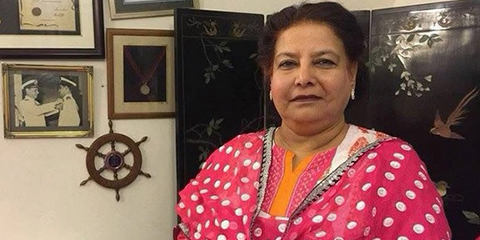
October 26, 2025: Riffat Ara Alvi, the mother of slain Pakistani journalist Arshad Sharif, has died, ending her relentless fight for justice following his killing in Kenya in 2022.
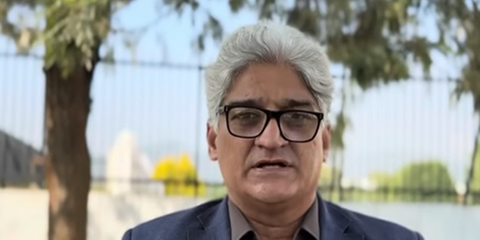
October 25, 2025: Veteran journalists and rights activists urge authorities to quash the fabricated drug case against Matiullah Jan, calling it an attack on media freedom.

October 24, 2025: PTV journalist Najam Wali Khan faces social media backlash after calling late SP Adeel Akbar a coward and a fool following his alleged suicide in Islamabad.
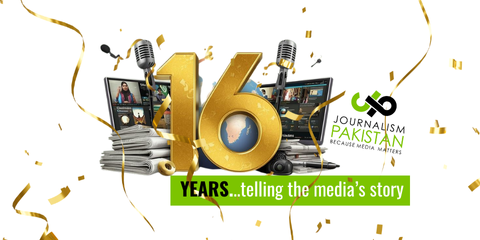
October 24, 2025: JournalismPakistan.com celebrates 16 years of independent reporting and media insight. Founded in 2009, the platform has weathered censorship, cyberattacks, and financial pressures to remain a trusted space for all who love and follow the media.

October 23, 2025: PFUJ calls for the immediate appointment of an ITNE judge, warning of a serious case backlog affecting journalists and media workers seeking justice across Pakistan.

October 21, 2025: 92 News apologizes to Maryam Nawaz for falsely claiming she bought a Toshakhana watch at Rs45,000, correcting the misinformation aired in 2022.
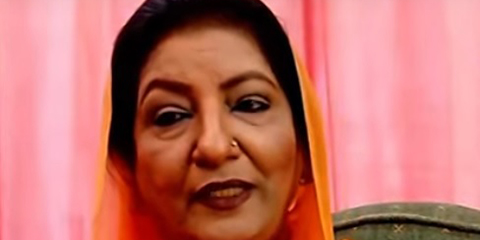
October 20, 2025: Fake news falsely claimed Ishrat Fatima’s death, sparking outrage. Colleagues condemn digital misinformation and honor her enduring legacy.

October 29, 2025 In a historic first, a Bishkek court declares Kloop, Temirov Live, and their founders extremist, marking Kyrgyzstan’s sharpest assault on press freedom under President Japarov.

October 29, 2025 Babar Azam's form slump reveals a psychological battle between classical artistry and modern cricket demands. Inside the mind of Pakistan's maestro, struggling to rediscover flow.

October 29, 2025 The New York Times is accepting applications for its 2025 fellowship, a one-year journalism training program for emerging reporters, editors, and visual journalists. Deadline: November 19, 2025.

October 29, 2025 CPJ calls on Turkey to release journalist Merdan Yanardag and return control of TELE1, after his arrest on espionage charges and state media takeover.

October 29, 2025 Alfred Friendly Press Partners invites exiled journalists in the US to apply for its 2026 four-week fellowship offering training, support, and a $2,000 stipend.